
Stinky Front-Load Washer
The good news is that front-load washing machines use significantly less water than their top-load counterparts. The bad news is that if you don’t choose a detergent made specifically for these high-efficiency machines, the smaller amount of water can’t fully rinse the residue from the drum and front gasket. These end up coated with soap scum — the perfect breeding ground for stinky mold and mildew.
To get rid of the smell, run your empty machine once a month with a mold cleaner designed for front loaders. Or try this DIY solution: 1/4-cup baking soda dissolved in the same amount of water in the detergent container and two cups of white vinegar directly in the drum. Keep your washer free of unpleasant odors in the future by using high-efficiency detergent and leaving the door open between uses.
Planning to buy a washing machine? Make sure you know the difference between the top load versus the front load washer.
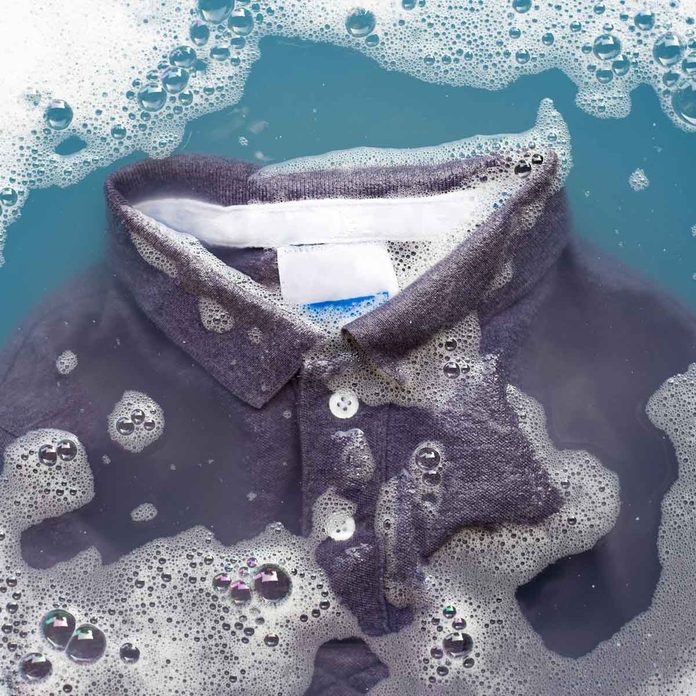
Damp Clothing
If you need to run your dryer repeatedly to completely dry your clothes, you likely have a clogged exhaust vent. Although the removable trap catches most of your dryer lint, some debris does sneak past with every load. Over time, it can build up along the dryer vent duct and lead to blockage. A blocked vent traps moisture, making it difficult for your dryer to heat up properly and ultimately damaging the thermal fuse.
Even more importantly, “an unkempt or clogged dryer vent can cause a fire and/or carbon monoxide poisoning,” warns Jason Kapica of Dryer Vent Wizard. “It’s important that you have your dryer vent serviced right away if you see these warning signs.” Or, take care of the problem yourself and clean your dryer exhaust vent routinely to avoid lint buildup. And be sure to check the removable lint trap after each load.
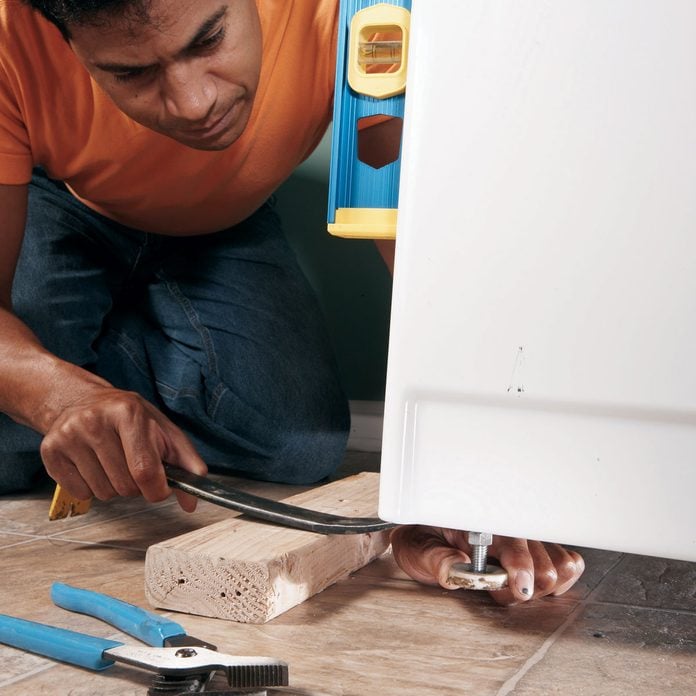
Dancing Washer
Does your washing machine gyrate, jump around or otherwise bust a move during the spin cycle? Break up this laundry room party as soon as it gets started, because excessive vibration can damage the alignment of your washer’s drum and significantly decrease its lifespan.
The most common cause of washing machine vibration is an unbalanced load. So add a few small items, like towels, when washing bulky blankets or pounding sneakers to evenly distribute the weight. ( Here’s how to wash a weighted blanket.)
Washers that aren’t level also tend to vibrate; adjusting the legs or installing anti-vibration pads will add stability. If neither of those fixes calms your dancing washer, you may have a loose agitator that needs to be tightened or replaced by a repair professional.
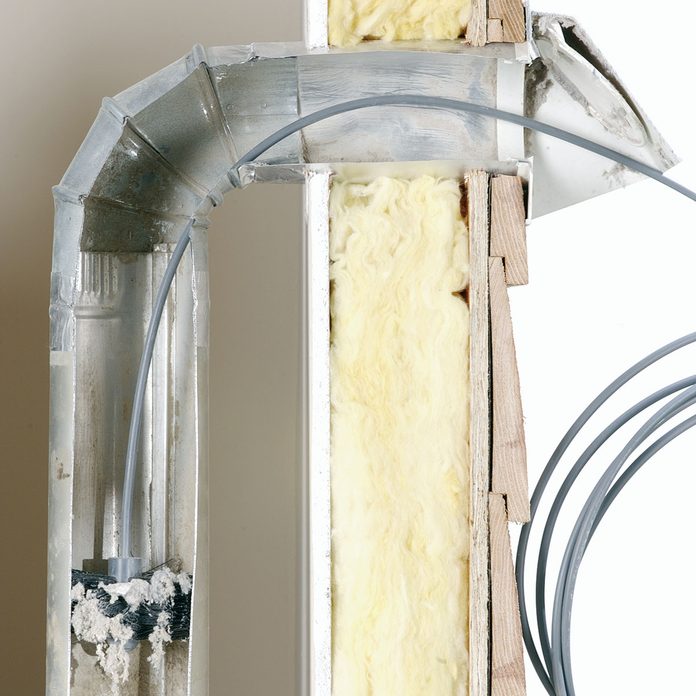
Cold Dryer
When your dryer doesn’t heat up, won’t turn on or switches off shortly after starting a cycle, your exhaust vent may be completely blocked, causing a thermal fuse or thermostat malfunction.
Excess lint buildup over time can partially clog a vent, but total blockage is often a sign that a small animal has taken up residence. According to Wesley Wheeler from Bug Lord pest control, “In colder regions, especially as the temperatures drop, a clever rodent or bird that notices the warmth from the vent may try to crawl into it and even build a nest.”
Clear out any animals or nests from your dryer exhaust vent. Prevent future infestation by checking that your vent cover or cap is functioning properly or installing a dryer vent cap with a flapper.
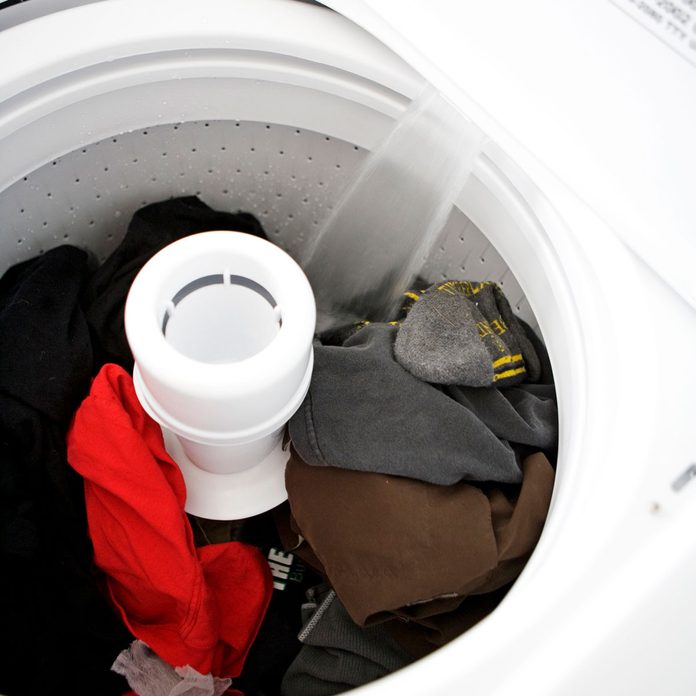
Slow-Filling Washer
It’s incredibly frustrating when a washer takes twice the normal amount of time to fill with water — or, worse yet, doesn’t fill with water at all. Luckily, that maddening trickle is almost always caused by a clogged inlet screen, which is cheap and easy to fix.
Inlet screens fit over the inlet hose and catch tiny particles of sand, dirt or other debris before they can damage the washing machine’s internal parts. These filters tend to get clogged over time, especially from loose sediment after work has been done on the water mains. Fortunately, you can clean the inlet screen in minutes.
If cleaning the inlet screen doesn’t fix the problem, you may have a malfunctioning or broken fill valve. Remove it yourself to have it tested at an appliance parts dealer or contact a professional repair service.
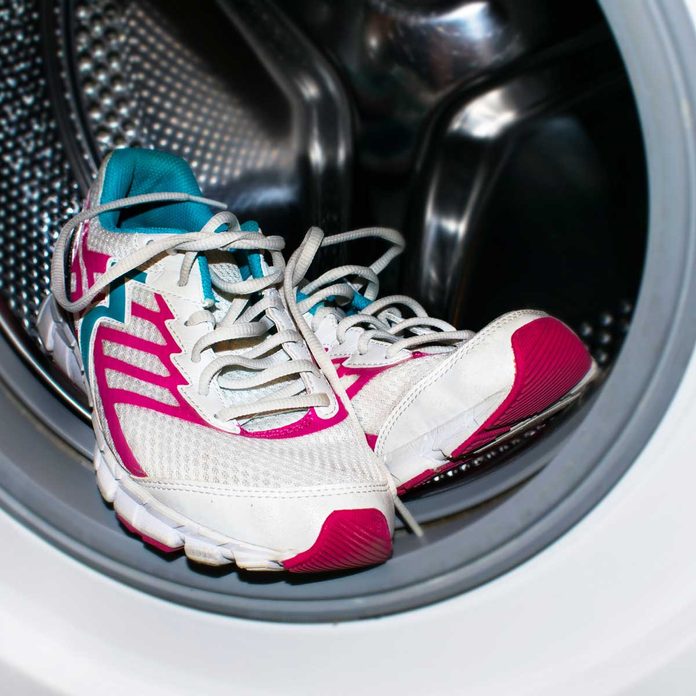
Noisy Dryer
Washers are usually the source of excessive noise or vibration from the laundry room, but dryers also occasionally rock the house.
If you notice unusual shaking, avoid damage to your dryer’s internal parts by balancing the load. Add a few smaller items when drying a bulky duvet or insulate against noise with towels when drying sneakers. If that doesn’t quiet the racket, you may have a faulty drum seal, causing unwanted friction between the dryer’s metal drum and front panel. That needs to be replaced.
A rumbling, grinding sound often indicates worn out bearings in the dryer motor. Replace the motor yourself or call in a repair expert before the bearings seize and the dryer stops dead. A loud motor can sometimes be repaired. Once it has seized, the dryer motor will likely need to be completely replaced.
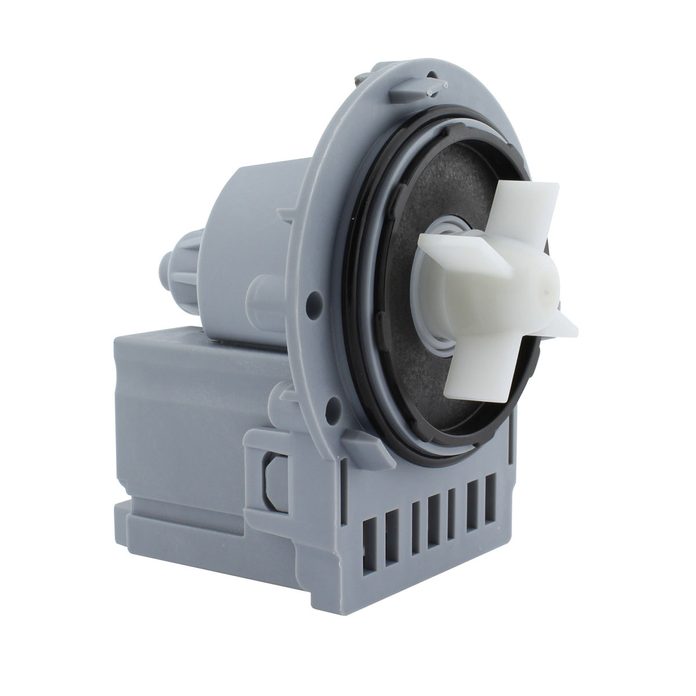
Wet, Soapy Clothing
Your machine says that the wash cycle is complete, but the dripping, sudsy clothes you pull out of the machine tell a different story. Often, a sock or other small article of clothing has managed to wrap itself around a part inside your washer, blocking the agitator and disrupting the spin cycle. You or a repair professional should take your machine apart to find the guilty item before it causes further damage to your washer’s motor.
If the machine fills with water but the wash cycle never begins, the lid switch is probably broken. Replace it, and remember not to slam the washer lid in the future.
Machines that fill and wash but fail to drain at the end of the wash cycle often have a blocked pump. Remove the hose and clear out any jewelry, socks or other debris that may be clogging it. Then check the pump for broken blades, make sure it spins freely, and reattach. If you smell burning rubber or the pump is visibly damaged, you may need to replace it along with any melted belts.
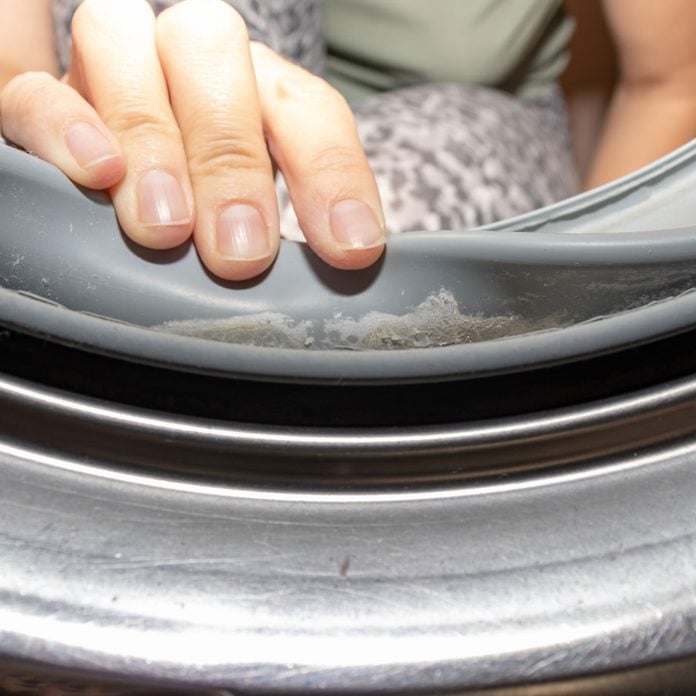
Washer Scaling
That visible scaling — hard white or off-white mineral deposits caused by your home’s hard water — inside your washing machine’s drum is often the symptom of a larger problem hidden from sight. Scale build-up won’t just affect the drum, but will likely also accumulate on the heating element, valves, hoses and other internal parts. Eventually, pieces may break loose and cause leaks or blockage.
Treat your washing machine each month with a descaling powder while running the “drum-clean” or hottest wash cycle to avoid scale build-up, inside and out. You may also want to consider installing a water softener in your home to remove the minerals that lead to scaling and lengthen the life of your washer and other appliances.
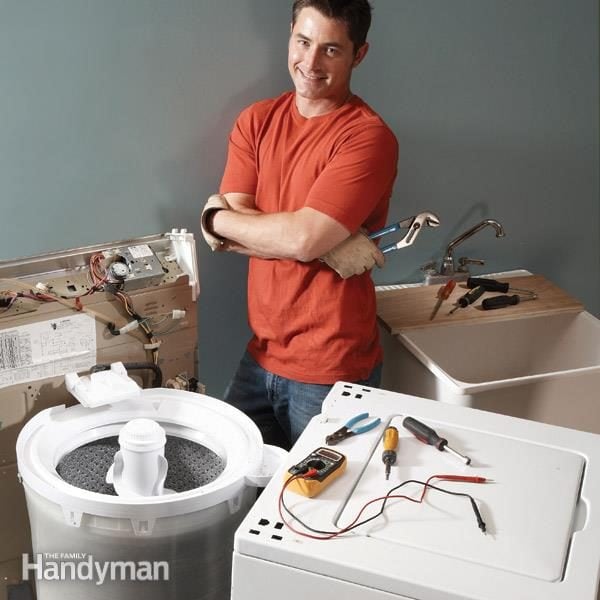
Grinding Washer Noise
You’d be hard-pressed to ignore a gnashing metal-on-metal noise coming from your washing machine, even if you wanted to. That nasty grinding — often loudest during the spin cycle — is a sure sign that a bearing, gear case or coupler needs to be replaced before the entire motor stops cold.
You can take on replacing the coupler on your own, but repairing a bearing or gear case is probably a job for a professional. It can be expensive enough to make it worth purchasing a new washer instead.
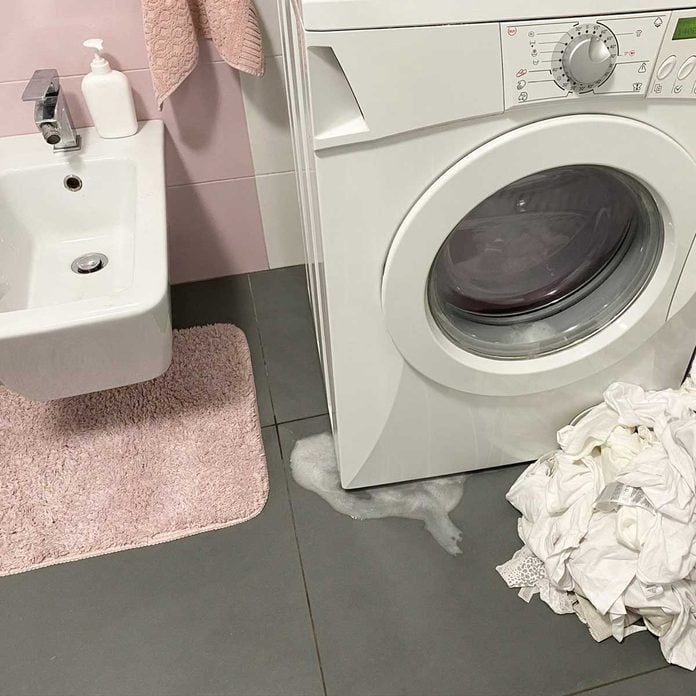
Leaking Washer
Water leakage should be taken care of right away because it can cause a short circuit in your washer’s electrical system, lead to rust and encourage laundry room mold and mildew.
“Leaks are most often found on the hose or the door of the machine,” says Jordan Collins, a home appliance expert at Two Lions 11. “To inspect the cause, you can try plugging or unplugging the hose to see if the connections are strong. You can also inspect to see if the problem originates from the door gasket and replace it if this is the source of the trouble.”
Larger leaks from below the machine can be caused by various issues, from an overflowing pump to worn-out tub seals. To avoid a costly service call, go through this list of the most common washing machine leaks you can fix yourself before contacting a repair service.
